TMP 1-23
Various lambda prints, wallpaper, wall painting, and more...
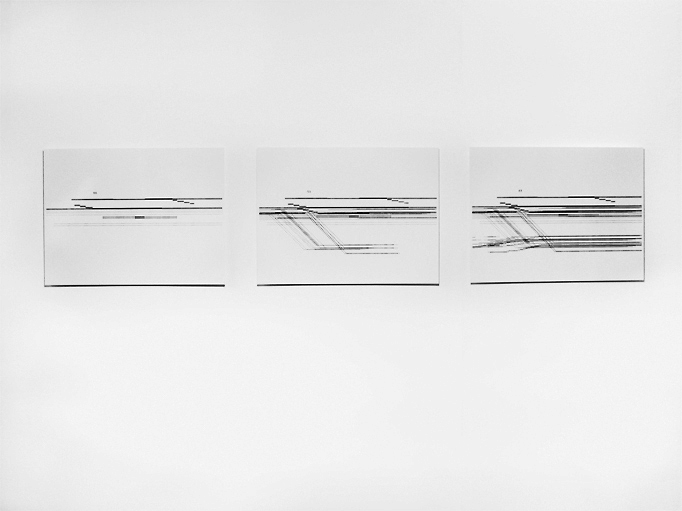
© TMP 1-3
=werk=51=f27
TMP 1-3
Lambda print on PVC, 3 prints à 80 x 60 cm, 2003


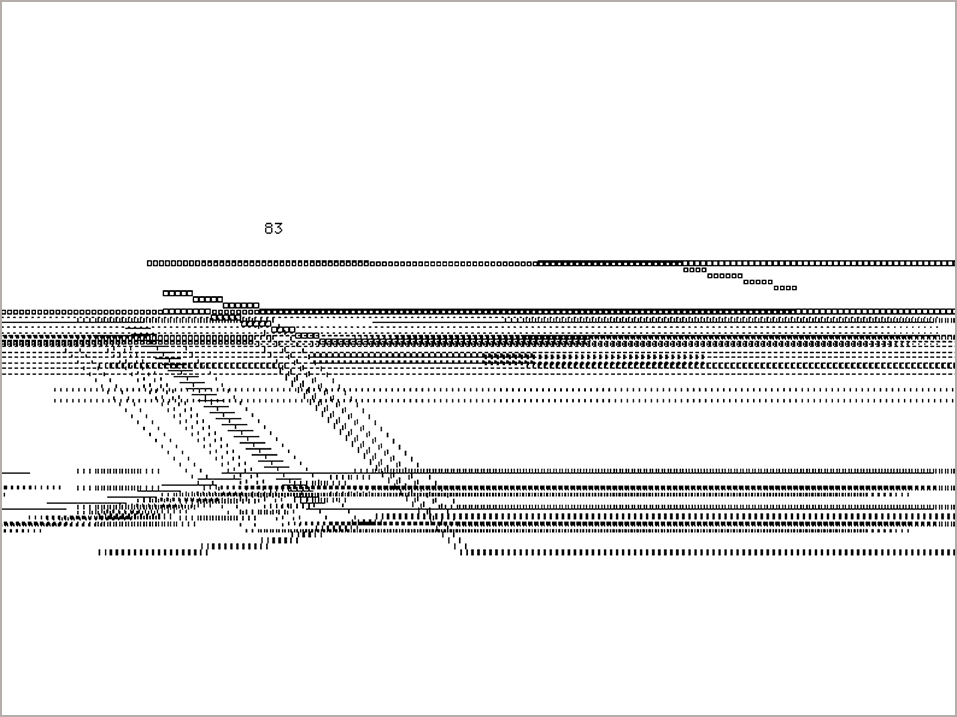
© Lambda prints TMP 1-3
TMP 4-13
Lambda print on PVC, 10 prints à 20 x 20 cm, 2003
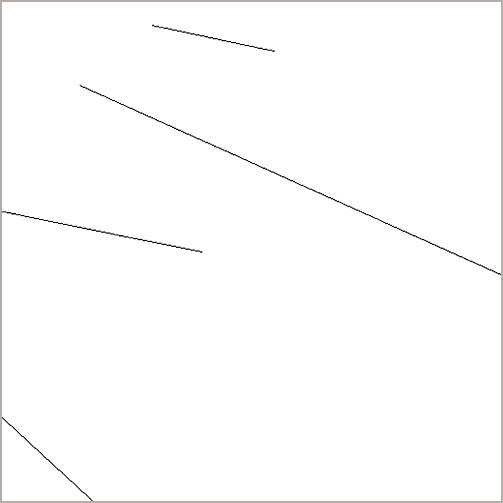



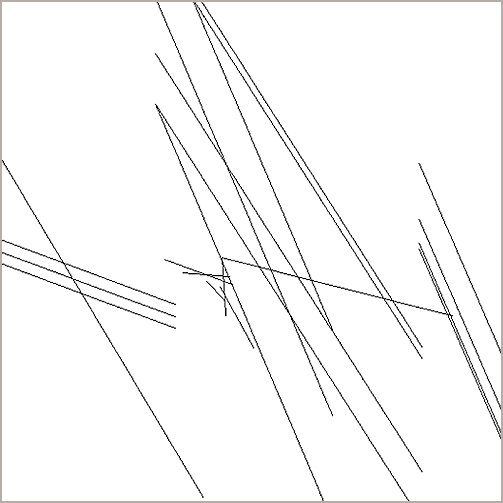
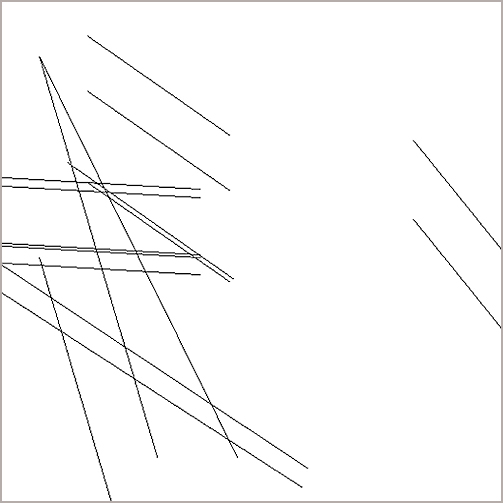


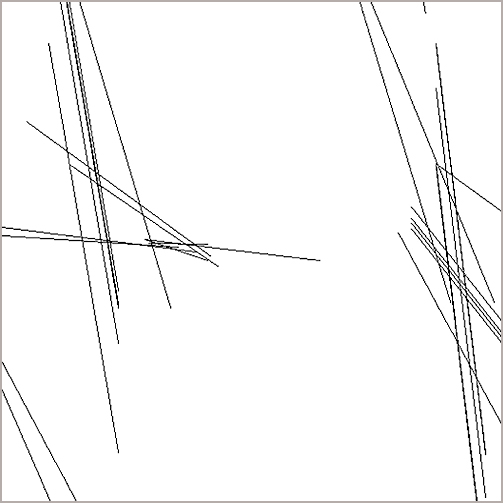
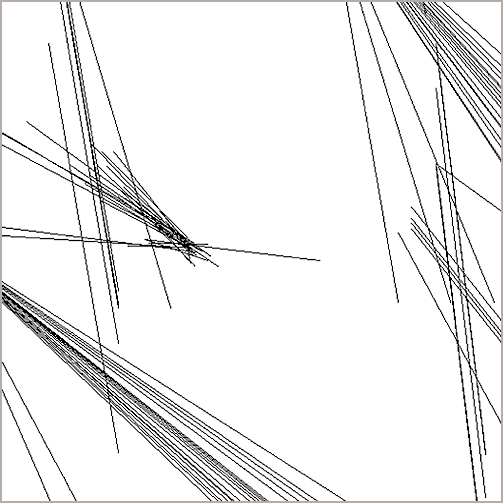
© Lambda prints TMP 14
TMP 14
Lambda print on aluminium, 140 x 100 cm, 2005
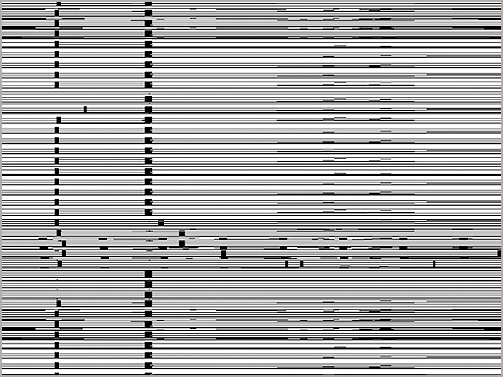
© Diasec, lambda prints TMP 4-13
TMP 15-17
3 full page images in: die melange, 02 (2003), pp. 80-85
„Love in a VOID, it’s so numb“
by Christian Höller
“Void”: blank, vacant location, hole. What is an undefined concept in the computer programmer’s language, reversely, can be read as free interpretable area. Thus, “Void” can be understood as a kind of foil, to which audio-visual design patterns that are equal in area can be applied: This happens in the project series of the same name, which has been brought to various locations by a group of young Vienna-based graphic designers and musicians for almost two years.
Formed as an extension of the multimedia-label lanolin into real space (as well as live-events), the series Void unites members of the design collective vidok and re-p.org. Void has so far experienced four formations in various constellations and collaborations with the musicians of the group Radian (Stefan Németh and John Norman) as well as with the all-round sound-man Martin Siewert.
Whereas the initial stage of these audio-visual live-acts took place as sporadic visual improvisations, for example within the series Projektionen (Museumsquartier Wien, 2000), and the Silver Spring Act (Künstlerhaus Wien, 2001), in autumn 2001, one could see the first solid realization of the Void-concept at the Kunsthallenevent Sonic Televisions Gallery. [...]
Whereas at the beginning of the void series the still mainly prefabricated graphic elements—mostly in black and white and geometrically reduced—were tuned to the music of strict quality, later on the image emptying is driven still some steps further: the basic elements dominate: point, line, and area, out of which equivalents to the minimal impulses and micro-samples of the music in continuously new combinations are generated. The fact that in the end, the moving music-images in ever new gratings, “layerings” and rotations appear, only proves how swift the visual emptying, the “Voiding,” can abruptly turn into unthoughtof density-degrees, despite all the two dimensional flatness and abstraction.
TMP 18
Wall paper, 820 x 300 cm, 2009

© Wall painting TMP 18. Photo: WEST.Fotostudio
Anfang September eröffnet am Innsbrucker Grabenweg 74 die neue Veranstaltungslocation MAX events and culture, mit dem Anspruch, ein neues Kapitel in Sachen kultureller Freizeitgestaltung in der Landeshauptstadt aufzuschlagen. Nach der kompletten Neugestaltung bietet die Venue auf mehr als 2000 m² Nutzfläche alle Voraussetzungen und Rahmenbedingungen, um außergewöhnliche Events realisieren zu können. Neben den von internationalen Künstlern mitgestalteten Räumen, der weitläufigen Veranstaltungshalle und der integrierten Kunstgalerie ist die qualitativ hochwertige Ton- und Lichtanlage als weiteres Highlight zu nennen. Im Eingangsbereich und im ersten Stock des Gebäudes wurde der zeitgenössischen Kunst viel Platz eingeräumt. Unter der künstlerischen Leitung von Kunstraum-Geschäftsführer Mag. Stefan Bidner werden ausgesuchte Arbeiten von den international renommierten Künstlern Hans Weigand, Sylvie Fleury, Peter Sandbichler, Thomas Feuerstein, Annja Krautgasser und Christof Hinterhuber permanent in den Räumlichkeiten des MAX events and culture gezeigt und so einer breiten Öffentlichkeit zugänglich gemacht. Darüber hinaus wurde eine permanente Kunstgalerie mit wechselndem Programm eingeplant.
(http://www.innsider.at/magazin_artikel.php?id=1584)
TMP 23
Wall painting, 10 x 5 m, 2010
Kunst am Bau project, RLB Filiale Markthalle (Gestaltung Stiegenaufgang), A-Innsbruck


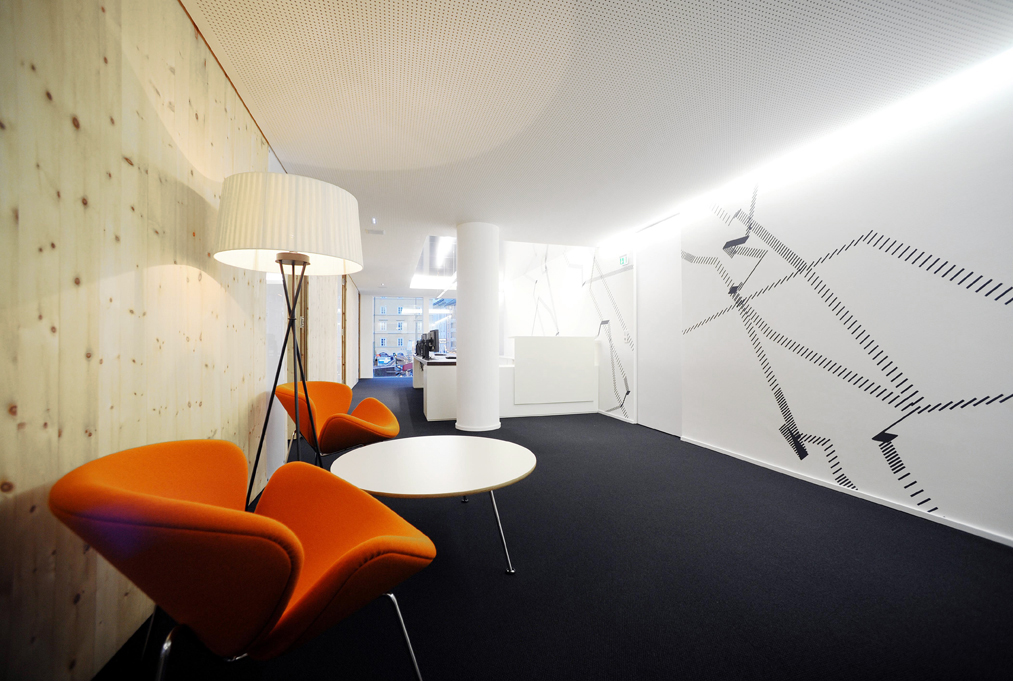

© Wall painting TMP 23, Kunst am Bau project: RLB Filiale Markthalle, Innsbruck.
Photo: RLB Tirol AG, Fotowerk Aichner
DeutschEnglish
Exhibitions: =werk=51=f15